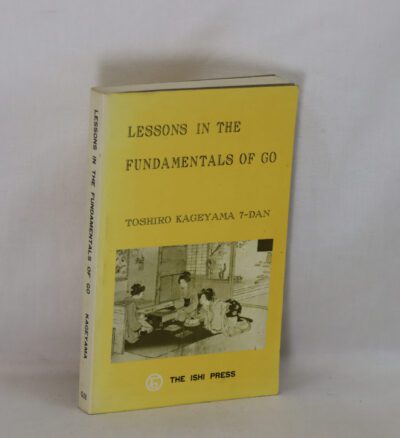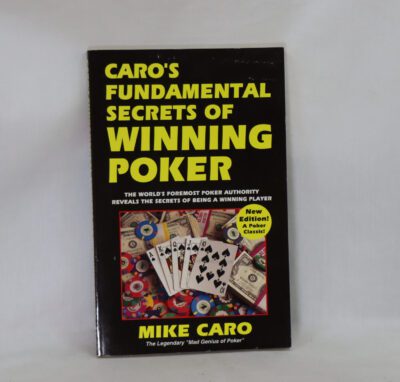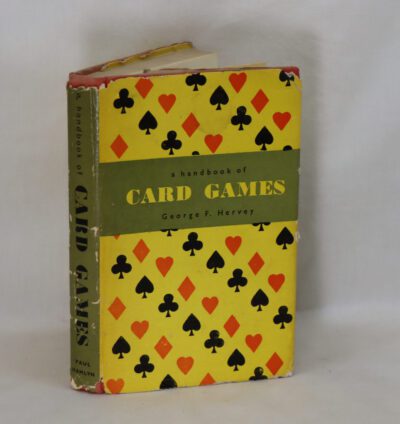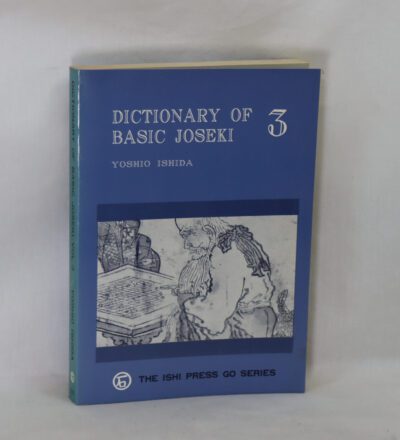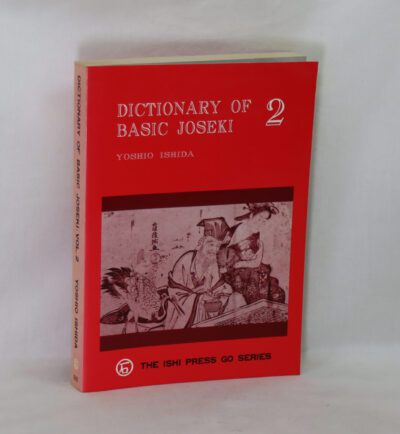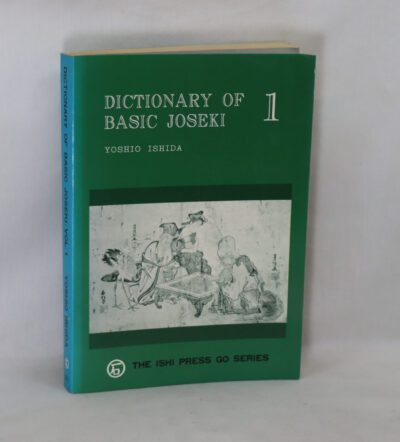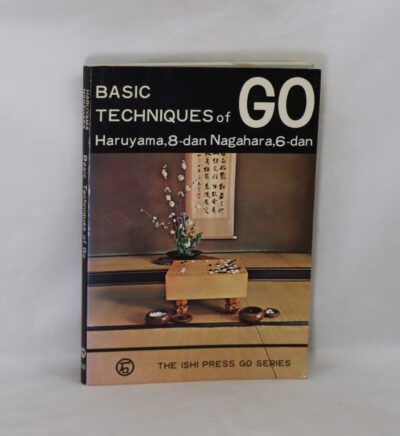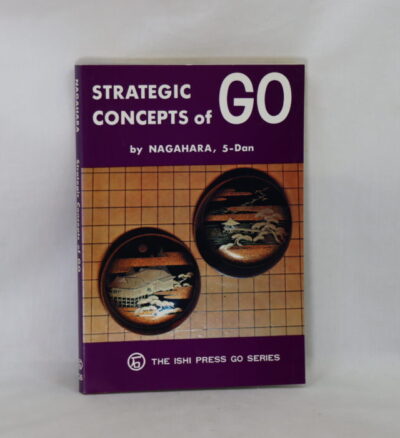Tarot.
By Nikkie Jay
ISBN: 9781838862480
Printed: 2022
Publisher: Amber Books. London
Edition: First edition
| Dimensions | 20 × 27 × 3.5 cm |
|---|---|
| Language |
Language: English
Size (cminches): 20 x 27 x 3.5
Condition: As new (See explanation of ratings)
Item information
Description
Blue cloth binding with gilt title and tarot card on the front board. Traditional chinese gold cord bound spine.
F.B.A. provides an in-depth photographic presentation of this item to stimulate your feeling and touch. More traditional book descriptions are immediately available.
Gaining insight into our deeper selves using divination tools to help decide future actions has preoccupied mankind since ancient times. In Europe, cards which became known as Tarot have been used to map the soul and predict the future since the 16th century. The 78 cards in the Tarot deck each has its own imagery, symbolism, and story. This beautiful hand-bound edition showcases each card from the Rider-Waite set, the one most used by Tarot readers. Practitioners believe that the 22 Major Arcana cards represent life’s karmic and spiritual lessons, and the 56 Minor Arcana cards reflect the trials and tribulations of everyday life. Tarot offers an elegantly presented, concise guide to the 78 cards, from number 0 The Fool – who represents unlimited potential, through The Hermit – who represents a break from everyday life, to number 21 The World – which indicates a sense of wholeness, completion and fulfilment.
The tarot, first known as trionfi and later as tarocchi or tarocks) is a pack of playing cards, used from at least the mid-15th century in various parts of Europe to play card games such as Tarocchini. From their Italian roots, tarot playing cards spread to most of Europe evolving into a family of games that includes German Grosstarok and more recent games such as French Tarot and Austrian Königrufen which are still played today. In the late 18th century, French occultists began to make elaborate, but unsubstantiated, claims about their history and meaning, leading to the emergence of custom decks for use in divination via tarot card reading and cartomancy. Thus there are two distinct types of tarot pack: those used for playing games and those used for divination. However, some older patterns, such as the Tarot de Marseille, originally intended for playing card games, have also been used for cartomancy.
Like the common playing cards, tarot has four suits which vary by region: French suits are used in western, central and eastern Europe, Latin suits in southern Europe. Cartomantic packs have their own symbols derived from the Latin suits. Each suit has 14 cards: ten pip cards numbering from one (or Ace) to ten, and four face cards (King, Queen, Knight, and Jack/Knave/Page). In addition, the tarot has a separate 21-card trump suit and a single card known as the Fool. Depending on the game, the Fool may act as the top trump or may be played to avoid following suit. These tarot cards are still used throughout much of Europe to play conventional card games.
Among English-speaking countries where these games are not widely played, only specially designed cartomantic tarot cards are readily available, and they are used primarily for novelty and divinatory purposes. The early French occultists claimed that tarot cards had esoteric links to ancient Egypt, the Kabbalah, Indic Tantra, or the I Ching and these claims have been frequently repeated by authors on card divination ever since. However, scholarly research has demonstrated that tarot cards were invented in northern Italy in the mid-15th century and confirmed that there is no historical evidence of any significant use of tarot cards for divination until the late 18th century. In fact, historians have described western views of the Tarot pack as “the subject of the most successful propaganda campaign ever launched… An entire false history and false interpretation of the Tarot pack was concocted by the occultists; and it is all but universally believed”.
In the occult tradition, tarot cards are referred to as ‘arcana’; with the Fool and 21 trumps being termed the Major Arcana and the suit cards the Minor Arcana. However, these terms are not used by players of tarot card games.
Tarot cards, then known as tarocchi, first appeared in Ferrara and Milan in northern Italy, with a Fool and 21 trumps (then called trionfi) being added to the standard Italian pack of four suits: batons, coins, cups and swords. Scholarship has established that the early European cards were probably based on the Egyptian Mamluk deck which followed the invention of paper from Asia into Western Europe and was invented in or before the 14th century. By the late 1300’s Europeans were producing their own cards, the earliest patterns being based on the Mamluk deck but with variations to the suit symbols and court cards.
Want to know more about this item?
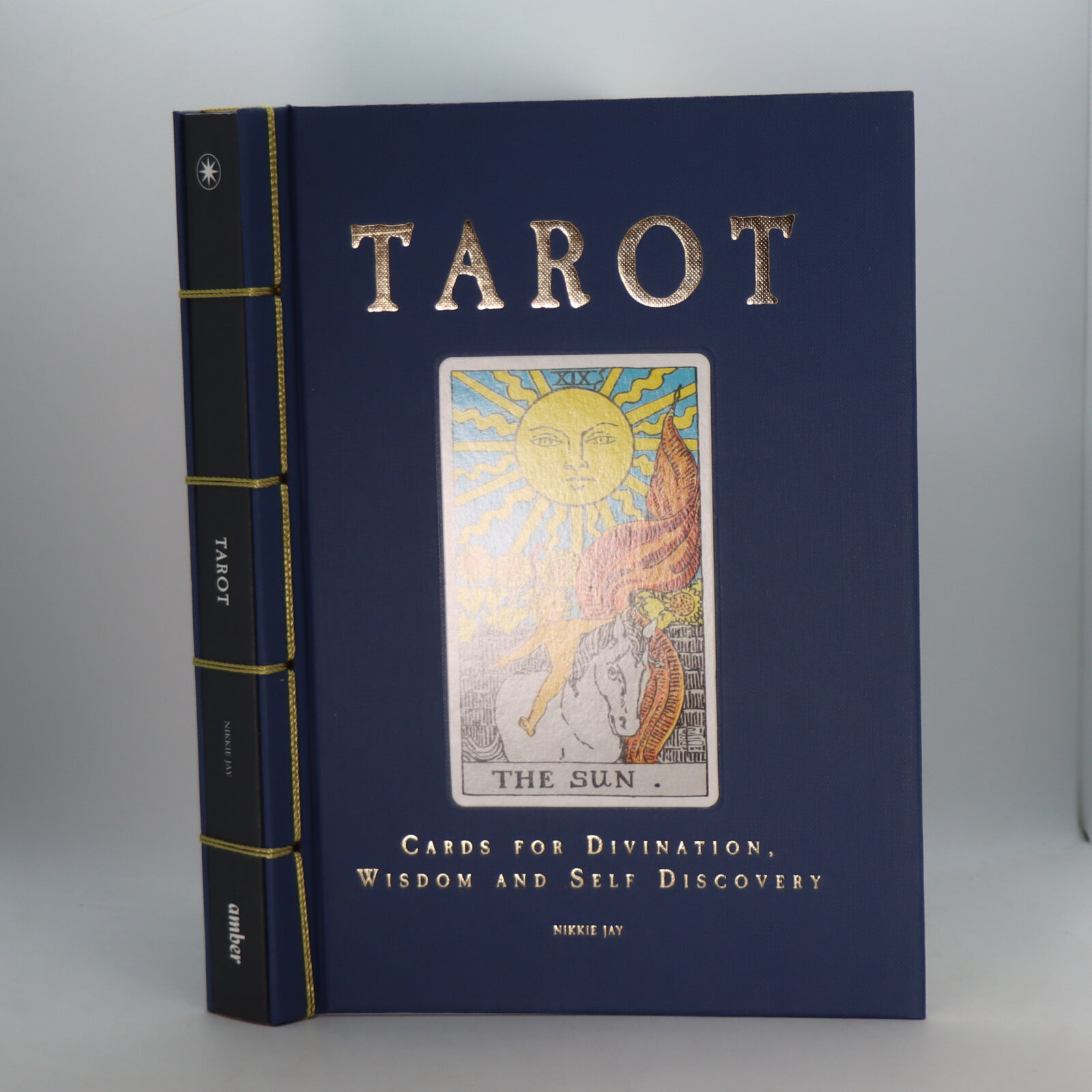
Share this Page with a friend




